Learn a new Ukulele chord every day of the year. The chord for January 14th is A7
Learn a new Ukulele chord every day of the year. The chord for January 14th is A7.
Happy birthday to my wife, Bernadette.
dominantseventh chord is the most common chord type you will encounter in you musical journeys.
traditionallymajor, minor, diminished, or augmented. With contemporary triads including sus and add chords.
Todays' open position A7, a 4-part chord, has one embedded major triad with the root on string one.

4-part, a.k.a.
JazzChords
Jazzchords for creating your 4-part, contemporary chord foundation and
Life Beyond the Third Fret.
Movable Ukulele Chords Lesson Series page.

 Understanding a Chord Diagram
Understanding a Chord Diagram
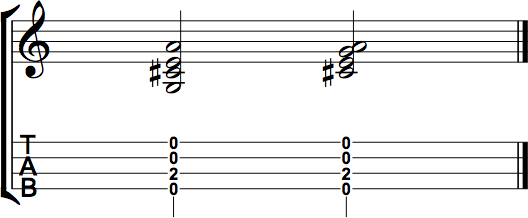
Gvariations
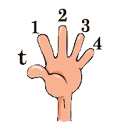 Although additional fingerings are possible for many chords, fingering for any given chord depends on the science of how our fingers work and on the harmonic context the chord is being used in—what was the previous chord, and what's the next chord? The goal is to play all the notes right behind the frets when possible. Remember, longer fingers can reach the lower strings better, and finger two can stack on finger three, and finger three can stack on finger four.
Although additional fingerings are possible for many chords, fingering for any given chord depends on the science of how our fingers work and on the harmonic context the chord is being used in—what was the previous chord, and what's the next chord? The goal is to play all the notes right behind the frets when possible. Remember, longer fingers can reach the lower strings better, and finger two can stack on finger three, and finger three can stack on finger four.- 0 2 0 0
- 0 3 0 0
- 0 4 0 0
Pretty much any one of your four fingers can play this chord. It all depends on the context the chord is functioning within the song or progression. Although using finger 4 is possible, it's not very likely.

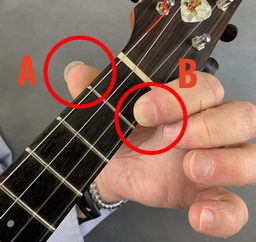
strong>B) Too far from the fret.
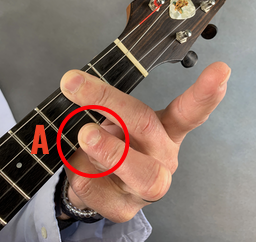
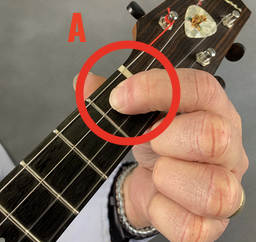
Impolite Fingering— Try not to flip people the bird as in the second photo above. Finger one, the index finger is the only finger that is really capable of a Full Barre across all the four strings.
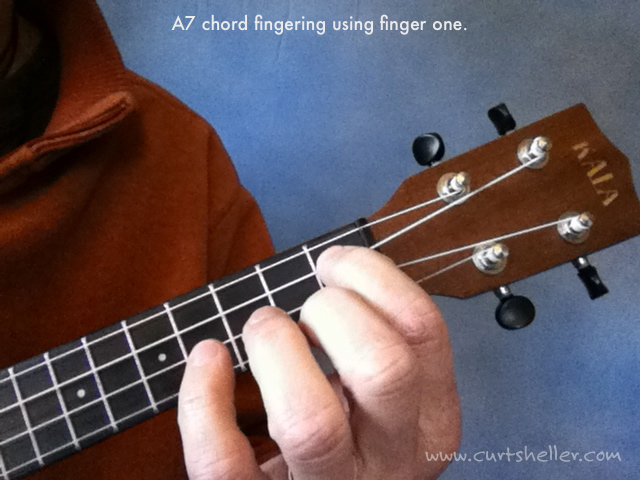
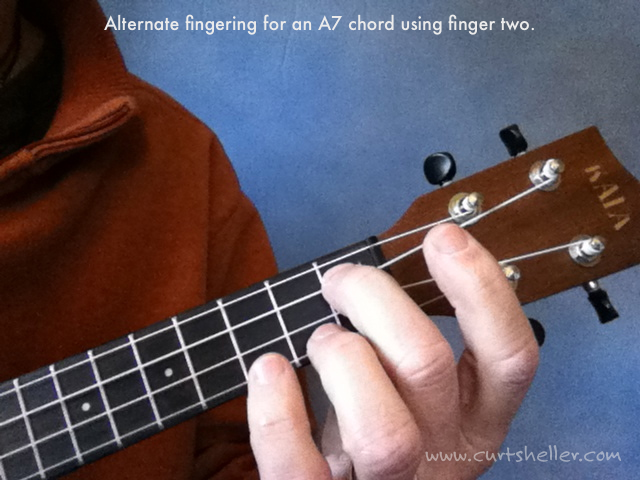
7th (pronounced Seventh)
A partial seventh chord can be created by lowering the Root of a major triad two frets.
A seventh chord as a 4-part chord ( 1 3 5 b7 ) and one of the Big Six core chords used to derive other contemporary and jazz chords.
A Seventh chord along with your basic major and minor chords are the msot common chord you will encounter.
NOTE: A Seventh chord is very often referred to as a Dominant Seventh . This is not always accurate as Dominant — is a chord function and not actually part of a chord name, which is a capital letter and chord type information – not it's harmonic function. We don't call a seventh functioning as a I (one) chord in a Blues a Tonic Seventh or the IV (four) chord a Sub-Dominant Seventh chord, etc...
Related Lessons, Videos, Lesson Series, Songs, Books & Reference Charts, Resources & Assets, Workshops are below.
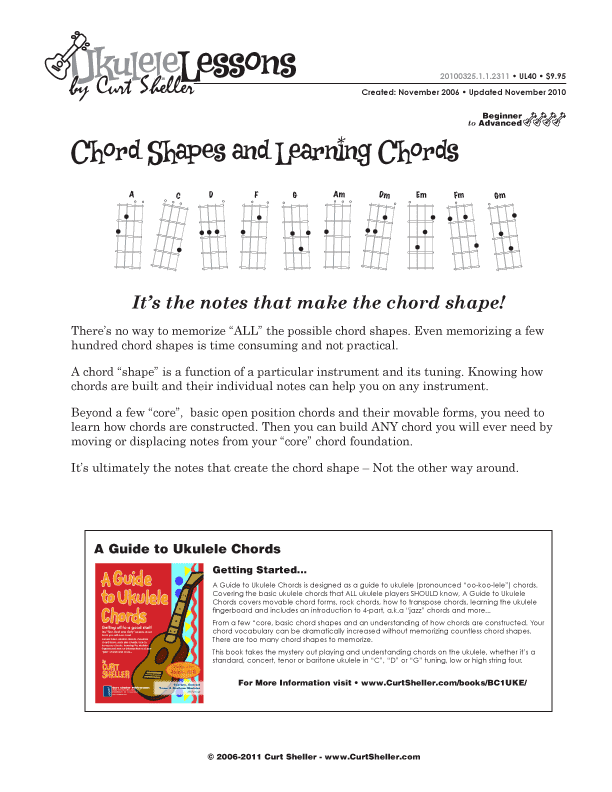
Pick up any chord dictionary, and one thought that should go through your mind is - TOO MANY CHORDS There is now way to memorize all those shapes. It would be better off learning how they came up with all those shapes. Most chord dictionaries are also just like pages transposed to all possible keys.
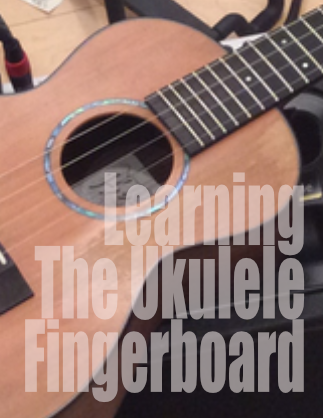
Most players struggle with learning the names of the notes of the ukulele fingerboard. There doesn't seem to a pattern and notes repeat. There is an easy way and "it's easier that you think." Most players know the names of the open strings for their favorite tuning.
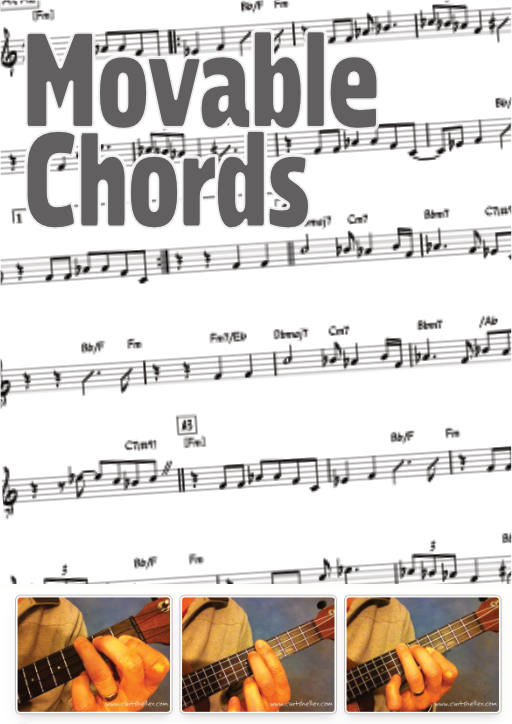
A series of weekly ukulele lessons originally presented throughout 2007 on movable ukulele chords as the "Ukulele Chord of The Week Series". Based on the Ukulele Chords book by Curt Sheller (me). It takes the open position chords and shows the movable form and the variations.
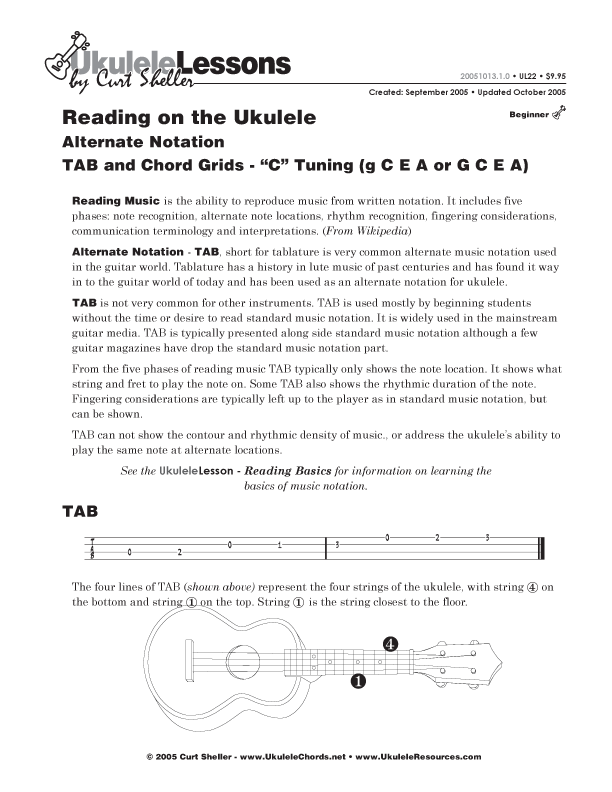
"TAB" or "Tablature", is an alternate form of musical notation, which tells players where to place their fingers on a particular instrument rather than which pitches to play. TAB is sort of a secret language between guitar players and ukulele players. Although a shortcut to getting started it actually serves to alienate one from the rest of the music world.
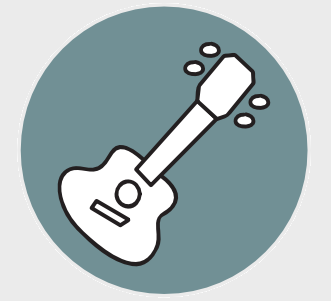
For music and learning an instrument like the ukulele or guitar, it's all about the making the connection between your Mind, your Hands, and your Ear. When listening to music, we enjoy it at the tempo the composer or artist intended, in real time. Only the ear is involved in listening. This is passive listening and you're simply enjoying the music. This is what we do every day and it's what draws us to want to learn a musical instrument.
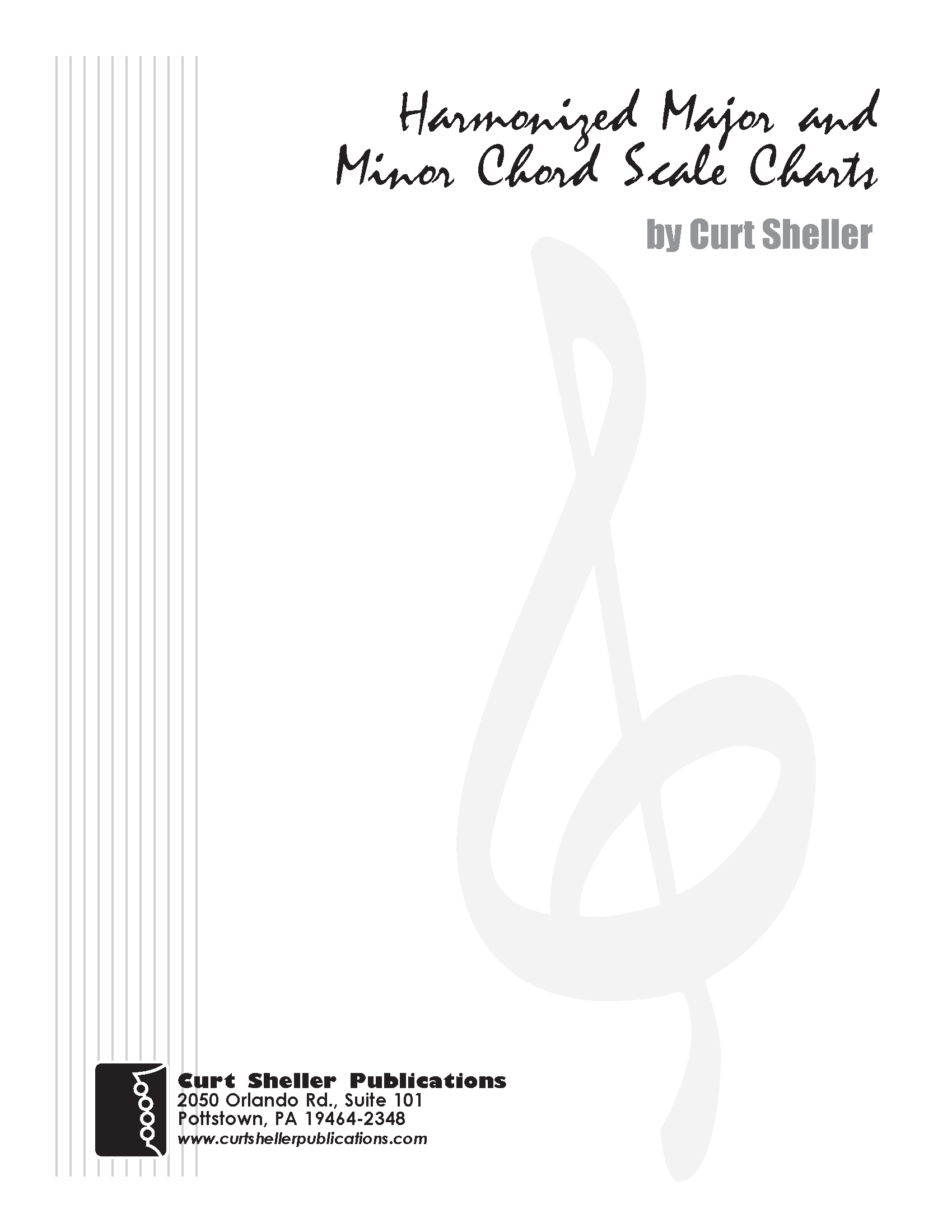
The "Major Scale" or Ionian scale is a diatonic scale, made up of seven distinct notes, plus an eighth which duplicates the first one octave higher. In solfege these notes correspond to the syllables Do, Re, Mi, Fa, Sol, La, Ti/Si, (Do), the Do in the parenthesis at the end being the octave of the root.
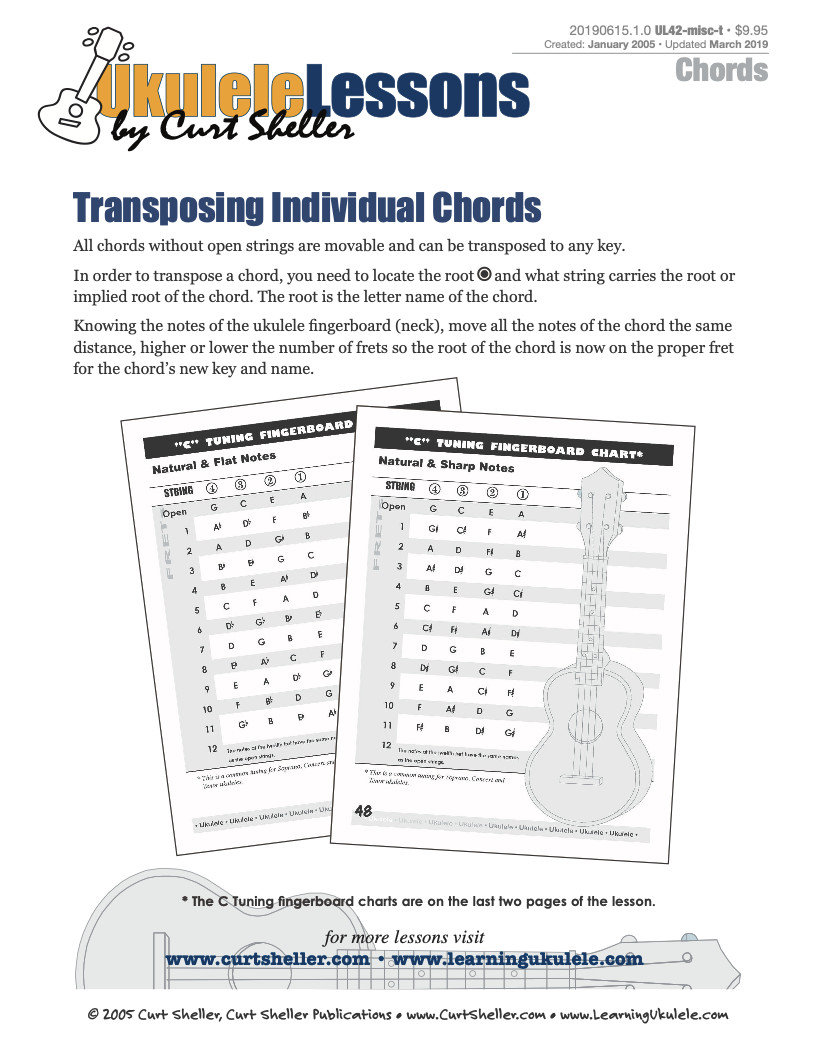
"Transposition" is the process of moving a note, chord, scale or any musical passage from one key to another key. All music can be transposed, from a single note to a complex musical score. This lesson deals with transposing chords on ukulele and transposing chords.
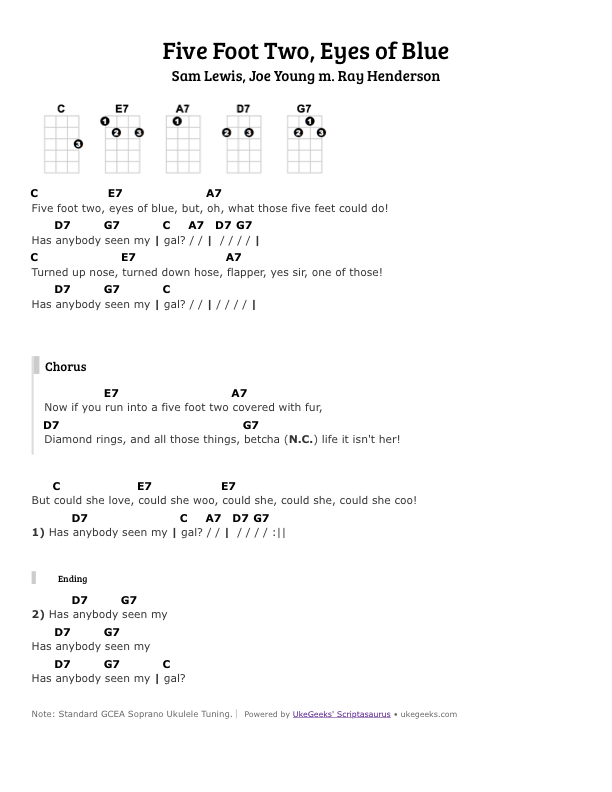
"Has Anybody Seen My Girl? (Five Foot Two, Eyes of Blue)" is an American popular song that achieved its greatest popularity in the 1920s. It is sometimes known simply as "Has Anybody Seen My Girl?" and sometimes simply as "Five Foot Two, Eyes of Blue"; the 1925 Leo Feist, Inc. sheet music gives both of these.
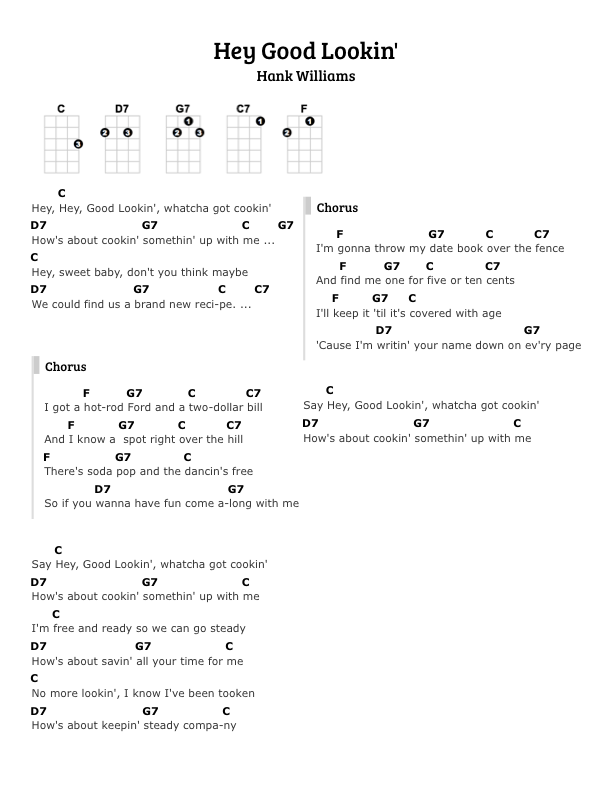
Hey, Good Lookin' is a song created and recorded by Hank Williams as a variation of a song of the same name, similar lyrics, and similar melody written by Cole Porter in 1942. Williams version was inducted into the Grammy Hall of Fame in 2001. Since its original 1951 recording it has been covered by a variety of artists.




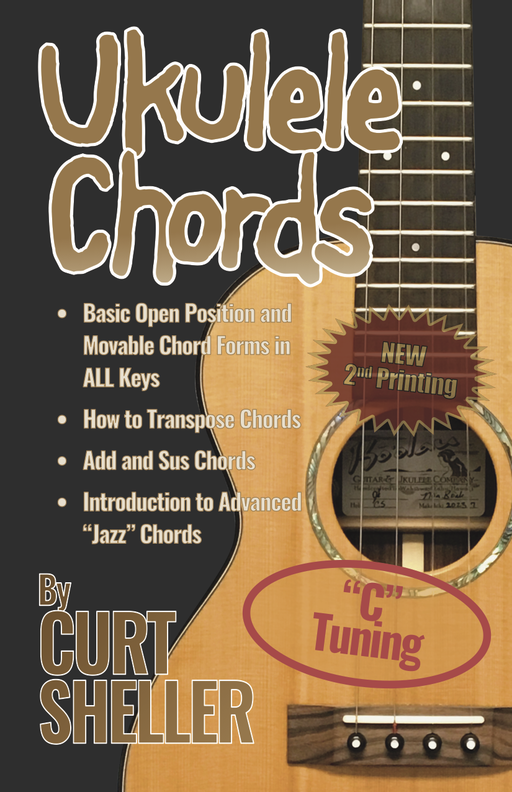


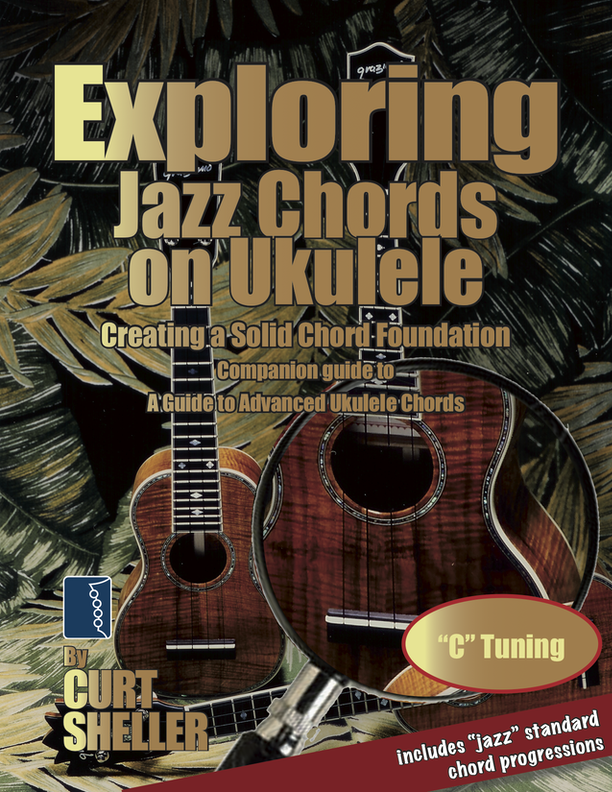
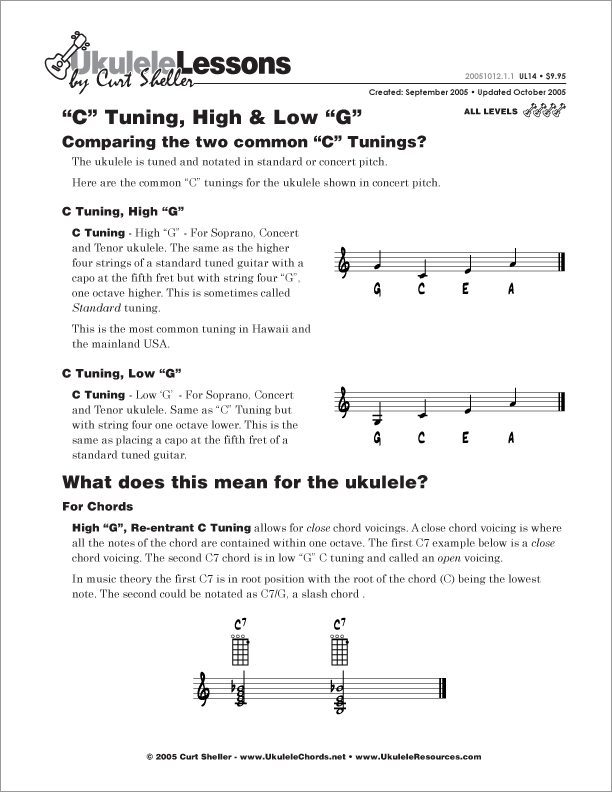
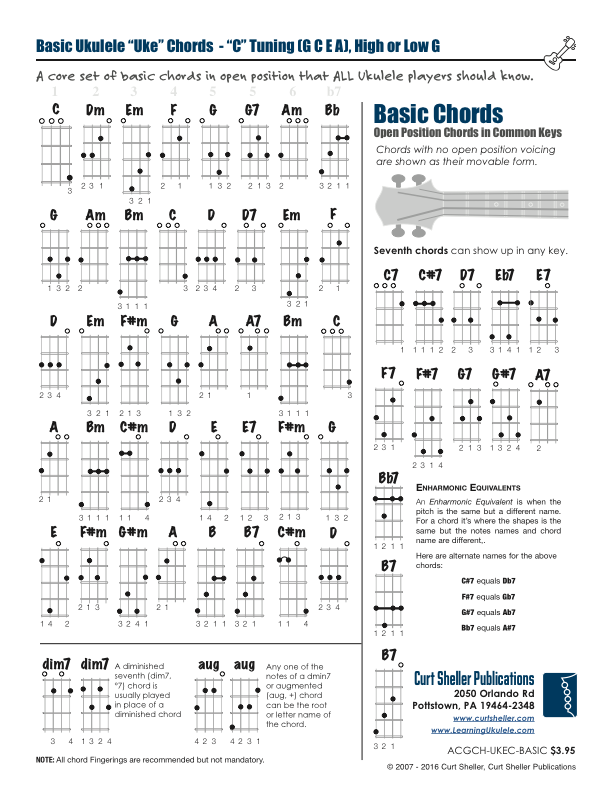
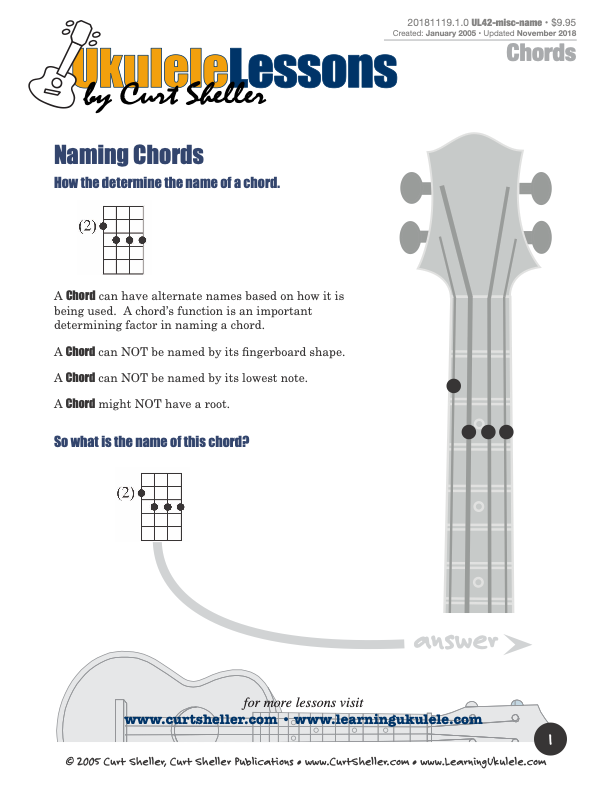
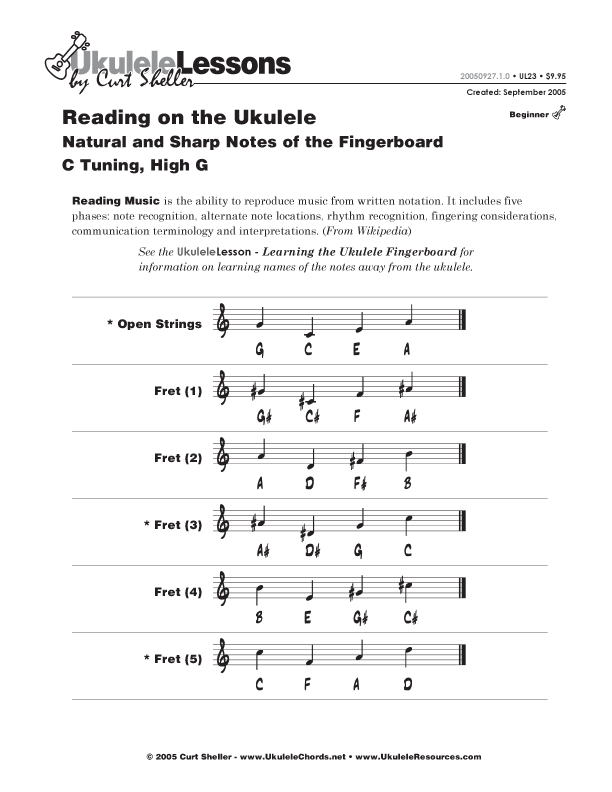
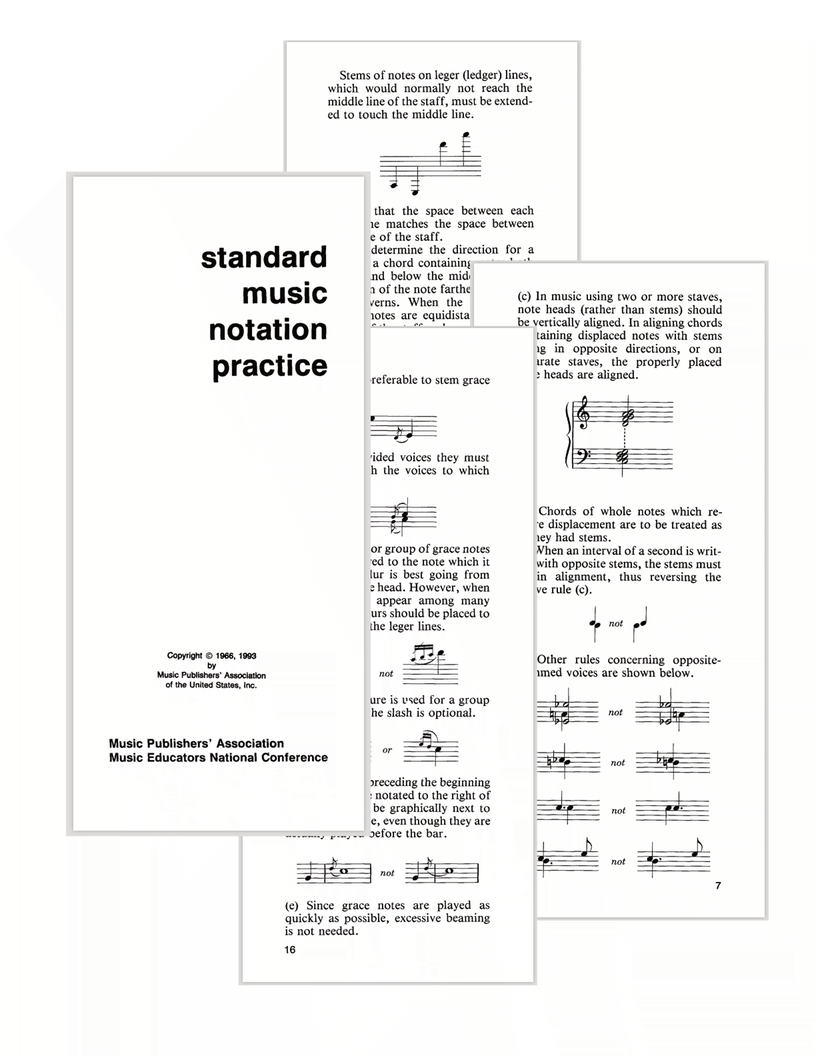

.jpg)